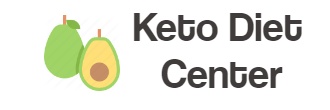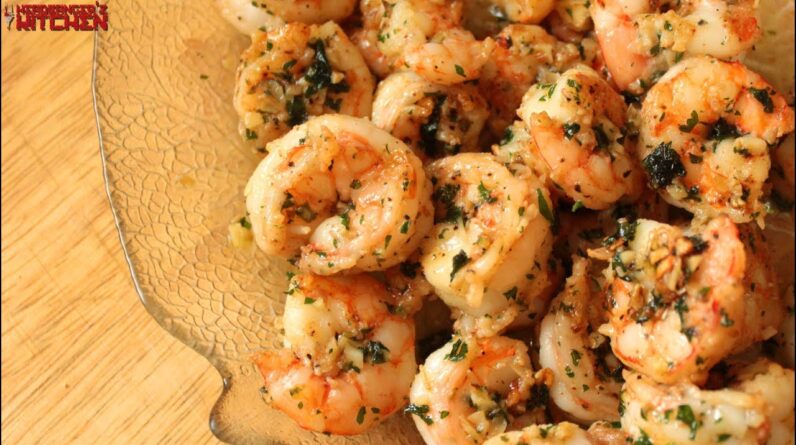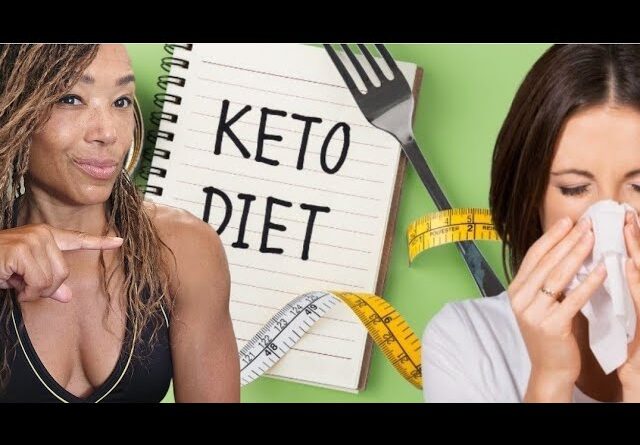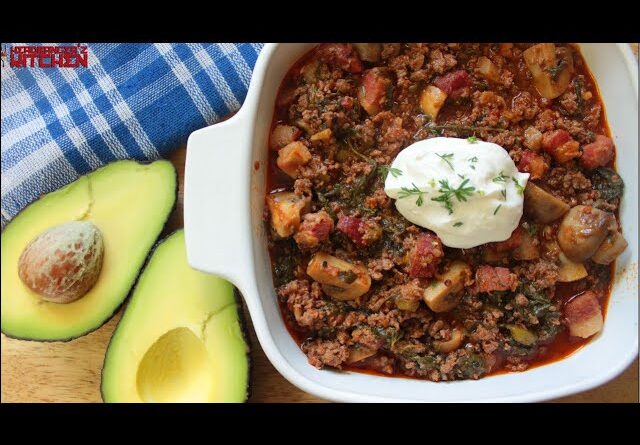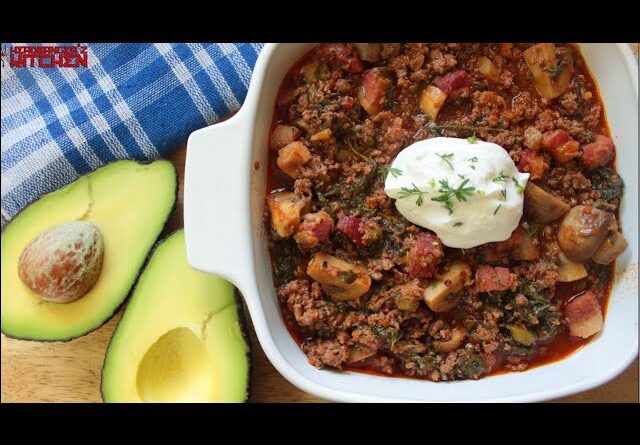No matter how careful and vigilant you are on the keto diet, eventually, your weight loss can taper off and eventually stop. Ideally, this will align perfectly with your goal weight, but it often doesn’t work out that way.
If you experience a weight-loss plateau when you’re not expecting it, it might be time to switch up your dietary approach just a bit. The key to pushing past weight loss plateaus is to make minor adjustments to your current diet.
See, once we’re done losing water weight at the beginning of a keto diet, we then tend to lose both fat and muscle mass. How much of each you lose depends on a number of factors: Good exercise, diet, sleep and stress habits prevent muscle mass loss.
Since most of us want to lose the fat and keep, or even increase, muscle mass, these factors are really important to your keto plan. It is also essential that you set a reasonable calorie deficit and eat an appropriate amount of protein.
Use our keto calculator to find out what these values are for you. One of the culprits of weight loss plateaus is your body decreasing its total daily energy expenditure. Sometimes, if we over-restrict calories, our bodies regulate and decrease our energy expenditure as a way to increase our resilience and longevity.
Another reason is that, as you lose weight, your body will have a new maintenance calorie setpoint. And as your calorie deficit percentage decreases, your weight loss rate will slow down. This cycle will continue until your previous calorie deficit becomes the amount of calories you need to maintain weight.
That’s when you stop losing weight. To push past a weight loss plateau, it can be very helpful to track both calories and macros and that you recalculate your macros every month, or for every 10 pounds lost.
Each time you recalculate, reduce your calorie deficit a bit so the diet is easier to maintain and your metabolic rate doesn’t rapidly slow down. If you restrict calories too much, you might cause your brain’s bodyweight defending processes, which we mentioned before, to kick in at full force, and this can slow your progress.
Our video “Macros and Keto Calculator” will guide you through this integral part of your keto toolkit. You also want to be sure that you’re eating the optimal amount of protein. Not enough protein means losing muscle mass and experiencing more hunger and cravings, while too much can decrease ketone production and increase your reliance on sugar burning.
The keto calculator can help you dial in your ideal number, because the general recommendations vary widely between 0.6 and 1.2 grams per pound of lean body mass, depending on your exercise habits. Other strategies, like intermittent fasting and short term fat fasts have helped people bust through weight loss plateaus, as well.
An intermittent fast is when you restrict yourself to a specific eating window, which allows your body to go into its fasting state and burn more fat and ketones for fuel. A common strategy is to eat only two or three meals in an 8-hour window, for instance between 11 a.
m. and 7 p.m. Most people choose to skip breakfast and have a larger lunch and dinner. For more information about IF, read over the article “Intermittent Fasting on a Keto Diet” on Ruled.me A fat fast is when you eat mostly fat and restrict your calories significantly for between two and four days.
The lack of carbs and protein will deplete your glycogen stores quicker and increase ketone production. For breakfast, consider a ketoproof coffee with a generous amount of cream. For lunch, some simple deviled eggs; and for dinner, canned sardines mixed with mayonnaise.
For more info and a sample three day plan, see the Ruled.Me article, “Using the Fat Fasting Technique.” ” Another important factor to consider is if food sensitivities may be stalling your weight loss.
Common food allergies and sensitivities, like dairy and gluten, can stand in the way of your weight loss goals. If you’re having trouble losing weight and suspect that dairy or gluten may be to blame, it might be worth trying a dairy-free ketogenic diet or cutting out all gluten, including those found in low-carb processed foods.
For more info on going dairy-free, see the article, “Guide to Going Dairy-Free on a Ketogenic Diet” on Ruled.Me. Consistency is also key. Even one cheat day can take a long time to recover from, and water weight may come back.
Stay on top of tracking your carbs and your macros, which will help prevent plateaus, too. For support, answers to frequently asked questions, recipes and more, use Ruled.Me as your go-to resource for all things keto!
